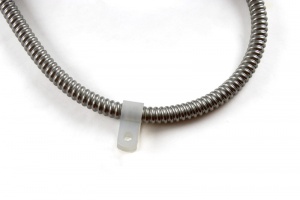ENC4110-4114 User Guide: Difference between revisions
No edit summary |
|||
| Line 11: | Line 11: | ||
== Carriage Mounting Plates == | == Carriage Mounting Plates == | ||
[[Image:ENC4110_Plate1.jpeg| | The linear encoder comes with two different mounting plates for the carriage. You can use the bolts to attach them directly on top (you may need to use washers in order for the bolts to fit). The plate can then be attached to the moving part of your system, which should be self-supporting; don't put weight directly on the carriage. You can also connect them to one another using the bolts (nuts not included). | ||
[[Image:ENC4110_Plate1.jpeg|280px|link=]] [[Image:ENC4110_Plate2.jpeg|280px|link=]] [[Image:ENC4110_Plate3.jpeg|280px|link=]] | |||
You can also mount these plates on the side of the carriage using the bolts. | |||
[[Image:ENC4110_Plate4.jpeg|300px|link=]] | |||
== Debris Shield == | == Debris Shield == | ||
Revision as of 21:06, 27 July 2018
Mounting the Encoder to a Surface
This linear encoder has mounting holes on either end that allow it to be mounted perpendicular or parallel to a surface.
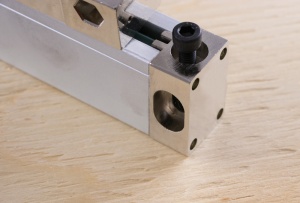
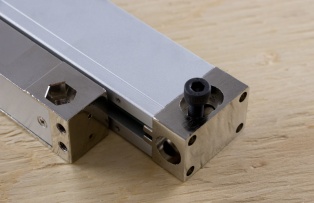
When mounting the encoder to a surface, you should take great care in making sure that it lies completely flat and parallel to the moving part it'll be measuring. Any small misalignment can cause inaccuracy in the measurement and strain on the mechanical parts. Metal shims are included in case you need to raise one end slightly.
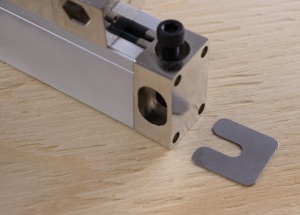
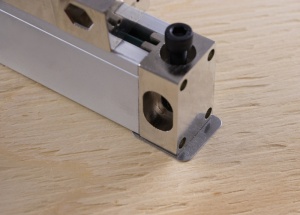
Carriage Mounting Plates
The linear encoder comes with two different mounting plates for the carriage. You can use the bolts to attach them directly on top (you may need to use washers in order for the bolts to fit). The plate can then be attached to the moving part of your system, which should be self-supporting; don't put weight directly on the carriage. You can also connect them to one another using the bolts (nuts not included).
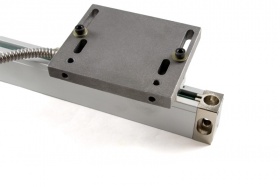
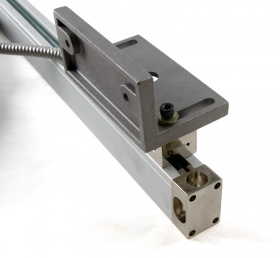
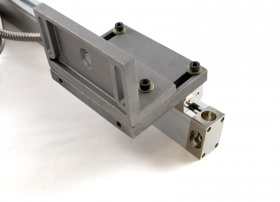
You can also mount these plates on the side of the carriage using the bolts.
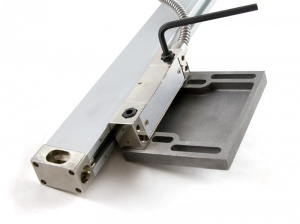
Debris Shield
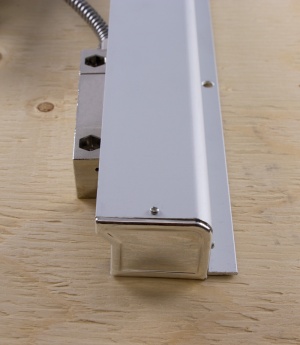
Cable Mounts
